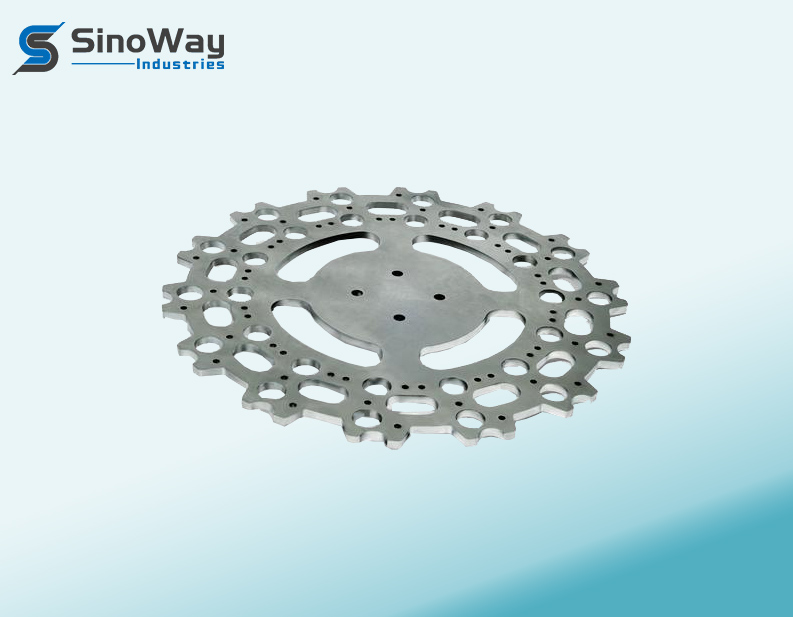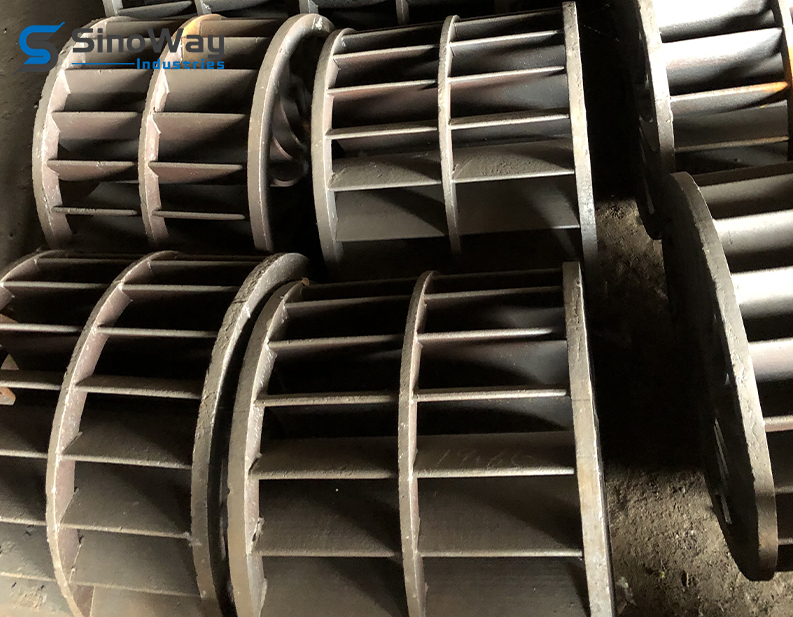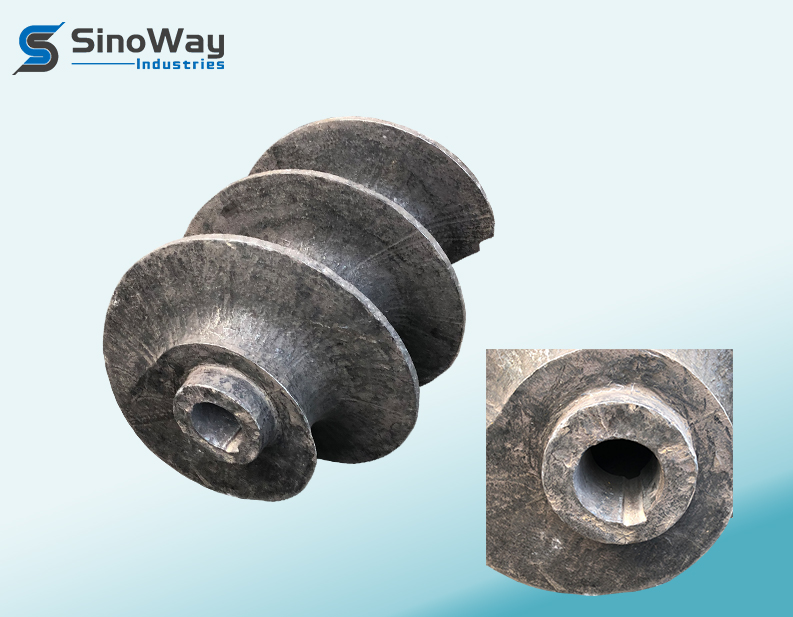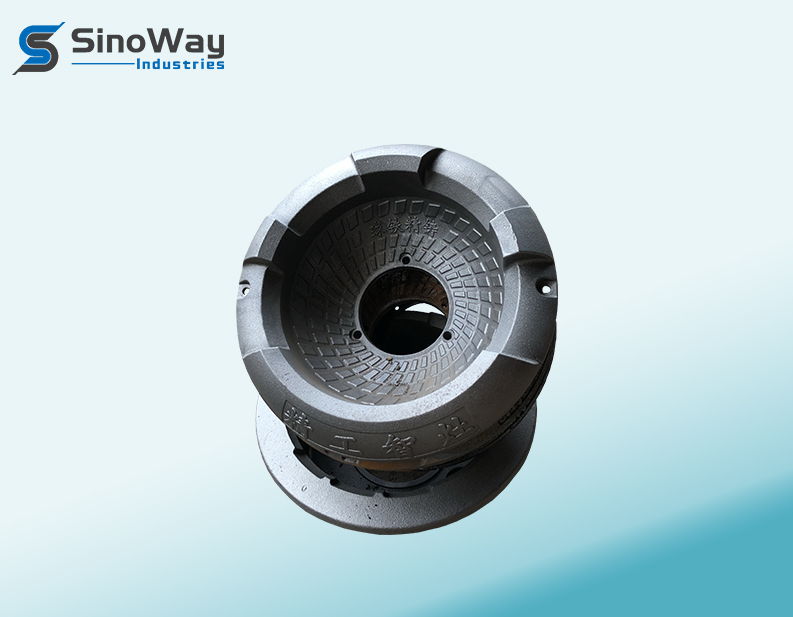Introduction: The Evolution of Metal Component Manufacturing
As industries demand ever more intricate and high-performing parts, manufacturers are constantly seeking the most advanced, efficient, and cost-effective production methods. Sinoway, a leading sheet metal manufacturer, has closely monitored the evolution of manufacturing technologies. Two of the most prominent methods for producing metal components are powder metallurgy and forging. While both techniques have their merits, powder metallurgy has emerged as the superior choice for crafting complex components. In this article, we’ll explore the reasons behind this trend, and why Sinoway recommends powder metallurgy for your next challenging project.
Understanding Powder Metallurgy and Forging
What is Powder Metallurgy?
Powder metallurgy (PM) is a process where metal powders are compacted into desired shapes and then heated (sintered) to bond the particles. This method allows for precise control over composition, porosity, and geometry, making it ideal for complex and high-performance parts.
What is Forging?
Forging involves shaping metal using compressive forces, typically by hammering, pressing, or rolling. While forging produces strong parts with excellent mechanical properties, it often struggles with designs that require intricate internal features or tight tolerances.
Key Advantages of Powder Metallurgy for Complex Components
1. Design Flexibility
One of the most significant advantages of powder metallurgy is its unparalleled design flexibility. PM enables the creation of intricate shapes, internal cavities, and undercuts that would be impossible or prohibitively expensive to achieve through forging. For industries such as automotive, aerospace, and electronics, where component geometry is often highly complex, this flexibility is a game-changer.
2. Material Efficiency and Sustainability
Powder metallurgy is inherently more material-efficient than forging. The near-net-shape process minimizes waste, as the powder is pressed only where material is needed. This not only reduces raw material costs but also aligns with modern sustainability goals—a value that Sinoway, as a responsible sheet metal manufacturer, takes seriously.
3. Superior Consistency and Precision
PM offers exceptional control over part dimensions and properties due to the precision of the compaction and sintering processes. Tolerances are tighter, and batch-to-batch consistency is higher compared to forged parts. This is especially critical for high-volume production where quality and repeatability are paramount.
4. Enhanced Material Properties
By carefully selecting and blending powders, manufacturers can tailor the material properties of PM components. This includes controlling hardness, wear resistance, and even introducing self-lubricating features. The ability to engineer materials at the microstructural level opens up new possibilities for performance that forging cannot easily match.
5. Cost-Effectiveness for Complex Parts
While forging is cost-effective for simple, high-volume parts, the tooling and secondary operations required for complex shapes drive up costs rapidly. Powder metallurgy, on the other hand, can produce intricate geometries in a single step, reducing the need for machining and finishing. This translates to lower overall production costs for complex components.
Real-World Applications: Where Powder Metallurgy Shines
- Automotive: Gears, bushings, and camshafts with intricate profiles and internal oil passages.
- Aerospace: Lightweight, high-strength structural components with complex geometries.
- Medical Devices: Porous implants and surgical instruments requiring precise tolerances.
- Consumer Electronics: Miniaturized connectors and heat sinks with detailed features.
Sinoway has successfully implemented powder metallurgy in these sectors, delivering components that meet the most demanding specifications.
Comparative Table: Powder Metallurgy vs. Forging
| Feature | Powder Metallurgy | Forging |
|---|---|---|
| Design Complexity | Excellent for complex shapes | Limited, especially for internal features |
| Material Waste | Minimal (near-net-shape) | Higher (requires machining) |
| Tolerances | Tight, consistent | Good, but additional finishing often needed |
| Material Customization | Highly customizable | Limited by alloy workability |
| Production Volume | Best for medium to high volume | Best for high volume, simple parts |
| Cost for Complex Parts | Lower | Higher |
Overcoming Common Misconceptions About Powder Metallurgy
Despite its clear advantages, some myths persist about powder metallurgy. One common misconception is that PM parts are inherently weaker than forged parts. While it’s true that traditional forging produces excellent mechanical properties, advances in powder metallurgy—such as hot isostatic pressing and advanced alloy powders—have largely closed this gap. In many cases, PM parts can even surpass forged parts in specific applications, especially where customized material properties are required.
Integrating Powder Metallurgy into Your Production Line
Sinoway’s Expertise as a Sheet Metal Manufacturer
As an experienced sheet metal manufacturer, Sinoway understands the importance of choosing the right manufacturing process for each application. Our team works closely with clients to assess design requirements, material specifications, and production volumes, ensuring that powder metallurgy is leveraged to its fullest potential.
We also offer guidance on integrating PM components with other manufacturing methods, such as precision sheet metal fabrication and stamping, to create hybrid assemblies that maximize performance and cost-efficiency.
Emerging Trends: Additive Manufacturing and Metal Injection Molding
The boundaries between powder metallurgy, additive manufacturing, and metal injection molding are increasingly blurred. Additive manufacturing (also known as 3D printing) uses metal powders to build parts layer by layer, offering even greater design freedom for prototypes and low-volume production. Metal injection molding (MIM) combines the design flexibility of PM with the mass-production capabilities of plastics molding, making it ideal for small, complex parts.
Sinoway is at the forefront of these innovations, integrating additive manufacturing and MIM into our suite of services to provide clients with the most advanced solutions for their needs.
Conclusion: The Future is Powder Metallurgy
For industries that demand complex, high-performance, and cost-effective metal components, powder metallurgy is the clear winner over forging. Its unparalleled design flexibility, material efficiency, and ability to deliver tailored properties make it the go-to choice for modern manufacturers.
Sinoway is committed to staying ahead of the curve, offering our clients the latest advances in powder metallurgy, sheet metal manufacturing, and beyond. Contact us today to discover how our expertise can give your next project a competitive edge.







